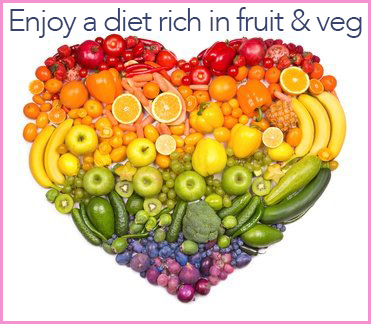High Blood Pressure Diet – Top Tips

Blood Pressure Diet What is hypertension and why is a Blood Pressure diet so important? It is something many of us never think about, but it keeps you alive and it is important to stay in a healthy range! In this blog, we cover all you need to know and how to improve it. Blood pressure […]
Dark Chocolate – 9 reasons to swap
Who doesn’t like dark chocolate! Did you know that dark chocolate is made from the cocoa bean. It has been around since the year 2000 B.C. originating from south America. It has a fascinating history; used as currency, consumed at royal feasts and after battles served to surviving warriors! (1) What happens to the […]
Hangover cures put to the test

Hangover Cures Put To The Test In a culture where celebrations are often fuelled by alcohol, many of us will be searching for a hangover cure to erase the negative effects of the previous night. Here, at 121 Dietitian, we firmly believe prevention is better than the cure. So we have done some research on […]
Healthy Snacks For Kids and Teens going back to school…
The kids are back to school. Now the headaches is what to feed them each day. Having 3 kids I know how challenging feeding them Healthy Snacks can be! ?Your child is going to need nutrients for brain power and the additional exercise they may not have been availing of for the last few months. […]
COVID -19
IMPORTANT MESSAGE: As per government recommendations on 16th March 2020 our clinics will now be held on – line using SKYPE or Zoom. Please do not hesitate to contact us as it is business as usual. We are here to assist you with keeping your immune system and health optimal while we all fight this […]
Hashimotos and me -the best ever! Part 4…
I was reflecting on my Hashimotos hypothyroidism this morning and realized wow, what a year 2019 has been. My best health year for the past 10! Clinical work has grown and has become immensely intense with more and more patients attending with multiple and complex issues. With my good health these challenges are no longer […]